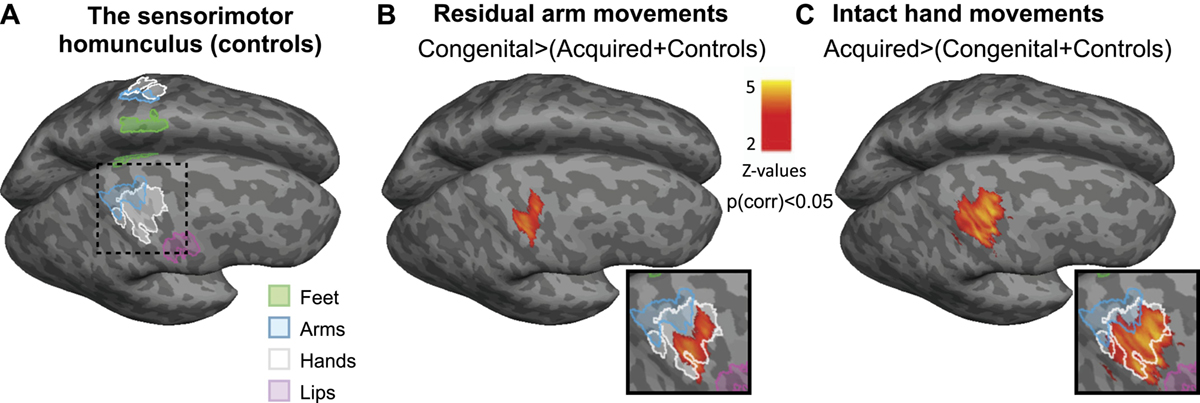
Sensory Deprivation Discovery and facts
Sensory Deprivation is an effective method for becoming more relaxed as well as meditating. In 1954, Dr.John C. Lilly discovered data that disapproved the prevalent theory at the time, which implied that the brain would fall asleep if not bombarded with stimuli.
The process of REST
Stimuli such as sound, touch, light and smell are constantly fed to the brain. By eliminating this feed of stimuli via a long isolation within a dark space, sensory deprivation is achieved. Often called as Restricted Environmental Stimulation Therapy (REST), this method is initially beneficial, but if performed in excess it can cause bizarre thoughts, hallucinations, depression or anxiety. Its positive physical and mental effects have made it popularly utilized as an alternative medication.
There are two different ways to perform Sleep Deprivation. The first one, called Chamber REST, involves lying on a bed for an hour, in a place where there is no light, and a minimum amount of sound. Eating, drinking and other physiological needs are catered to, but body movement is limited. Props that can be utilized to aid this process include see-through goggles that allow light to enter but disallow the subject to perceive concrete patterns and shapes, as well as cotton gloves to minimize tactile feel and pillows made in a U-shape that surround the head, blocking sound. Although relaxing and soothing, this method should not be performed longer that 15 minutes, as even this amount of exposure can lead to the subject hallucinating. The second method, Floatation REST, devised by Dr. Lilly himself, is performed by floating inside a special tank. The tank is filled with Epsom salt imbued water, heated so that its temperature is identical to that of the subject’s skin. The lack of light, sound and gravity pull, leads to a decrease in the levels of stress, as the muscles are allowed respite along with the brain. This should last for one hour minimum, which provides the same effect of sleeping for hours.
Advantages and Disadvantages of Sensory Deprivation
Both of the above mentioned methods can decrease the amount of work assigned to the central nervous system. More endorphin is introduced to the body, producing a positive, joyous feeling while the brain succumbs to a state similar to dreaming known as theta state, which normally occurs prior to sleep. Creative thinking is made easy, as well as concentration and efficiency of thought. Flotation REST can help in the cessation of smoking and alcohol consumption, and eliminate or lessen symptoms of depression, muscle tension and anxiety. However, as mentioned, long term exposure to Sensory Deprivation can cause severe anxiety, hallucinations, paranoia, extreme disorientation, a reduction in problem-solving abilities and depression. A possible slowing-down of brain waves can not only last for hours, but can cause disruptions of what the subject perceives. The brain and body require a specific amount of stimuli, and not producing can cause many negative side effects, which is why it is sometimes utilized for torture by forces of law and order. Claustrophobic and dark fearing individuals are not recommended to attempt Sensory Deprivation.













_f_280x120.jpg)



Your thoughts on this
Loading...